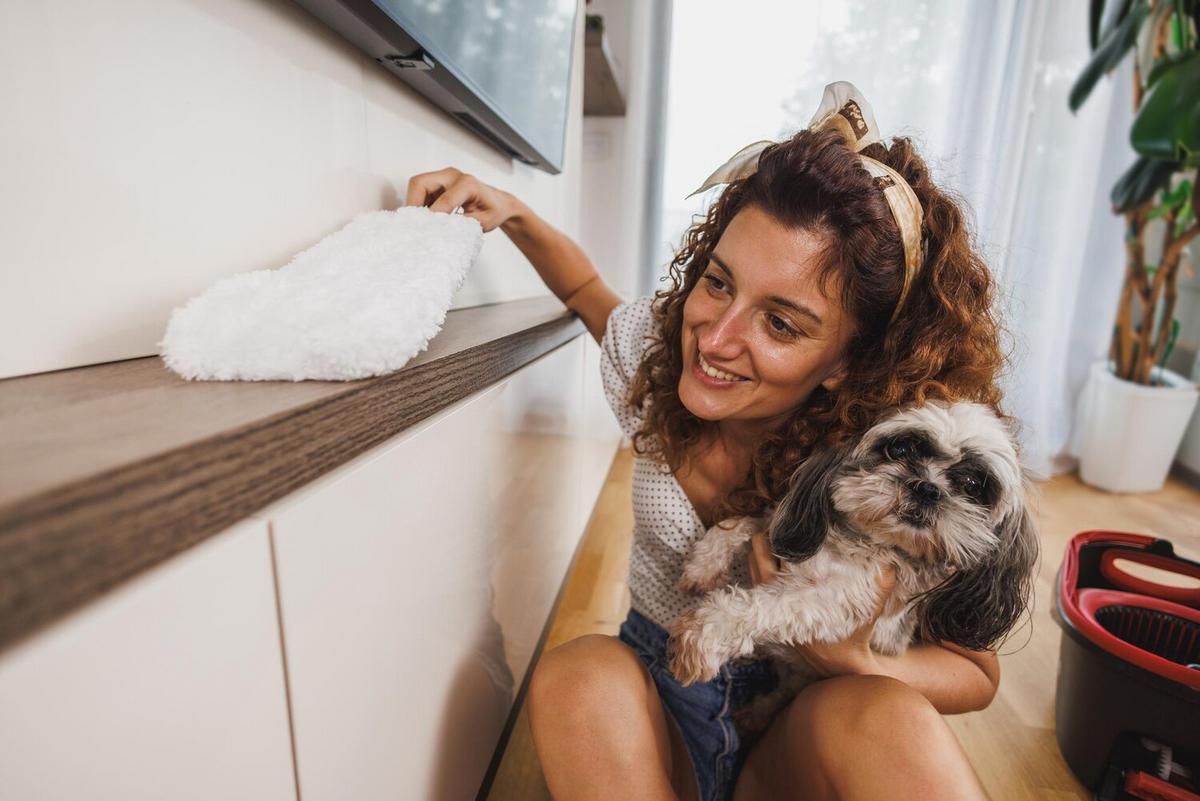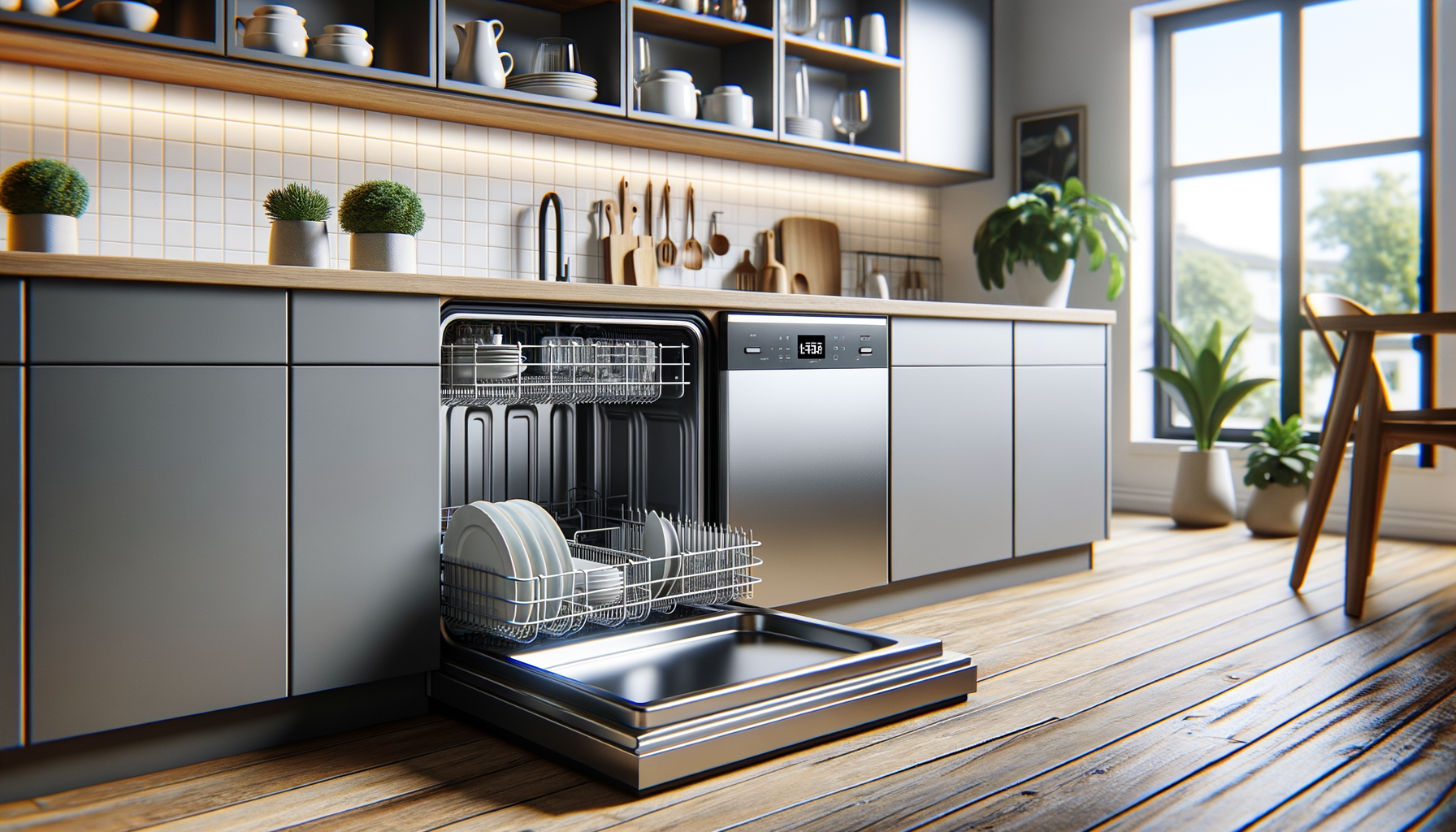Ensuring your home is safe for your pets is essential for their well-being and your peace of mind. From curious kittens to adventurous dogs, pets can get into all sorts of trouble. This ultimate guide will walk you through the steps to pet-proof your home, making it a safe haven for your furry companions.
Understanding the Importance of Pet-Proofing
Pet-proofing your home is not just about preventing damage to your belongings; it’s also about keeping your pets safe from potential hazards. According to the American Veterinary Medical Association, thousands of pets are injured or poisoned each year due to household dangers.
Expert Opinions
Dr. Jane Smith, a renowned veterinarian, states, ‘Pet-proofing is a crucial step for any pet owner. It can prevent accidents and ensure your pet lives a healthy, happy life.’
Statistics and Research Findings
A study by the ASPCA found that approximately 25% of pet-related injuries occur at home. This statistic highlights the importance of taking preventive measures to protect your pets.
Identifying Common Household Hazards
Chemicals and Medications
Many household chemicals, such as cleaning supplies and medications, can be toxic to pets. Store these items in secure cabinets out of your pet’s reach.
Pro Tip: Use child-proof locks on cabinets containing hazardous materials to prevent curious pets from accessing them.
Electrical Cords
Pets, especially young ones, may chew on electrical cords, leading to severe injuries. Use cord protectors or hide cords behind furniture to keep them out of reach.
Small Objects
Small items like coins, jewelry, and toys can be choking hazards. Ensure these objects are kept in places where pets cannot access them.
Household Plants
Some plants, such as lilies, poinsettias, and aloe vera, are toxic to pets. Research the plants in your home and replace any that are harmful to your furry friends.
Room-by-Room Pet-Proofing
Kitchen
- Keep food out of reach as certain foods like chocolate, grapes, and onions are toxic to pets.
- Secure trash cans to prevent pets from scavenging.
Living Room
- Hide electrical cords and secure heavy furniture to prevent tipping.
- Remove small objects that could be swallowed.
Bathroom
- Store cleaning supplies and medications in locked cabinets.
- Keep the toilet lid closed to prevent pets from drinking harmful substances.
Bedrooms
- Keep small objects, such as jewelry and coins, off the floor.
- Ensure that any medications are kept in a secure location.
Garage
- Store chemicals, tools, and other hazardous items in locked cabinets.
- Ensure that antifreeze is stored securely, as it is highly toxic to pets.
Comparison Table
| Hazard | Potential Risk | Prevention Tips |
|---|---|---|
| Chemicals and Medications | Toxicity | Store in secure cabinets |
| Electrical Cords | Electrocution | Use cord protectors |
| Small Objects | Choking | Keep out of reach |
| Household Plants | Poisoning | Replace toxic plants |
| Food | Toxicity | Store food securely |
| Trash Cans | Scavenging | Use secure lids |
| Heavy Furniture | Tipping | Secure to the wall |
| Tools | Injury | Store in locked cabinets |
Frequently Asked Questions
What are the most common household hazards for pets?
Chemicals, electrical cords, small objects, and certain plants are common hazards.
How can I prevent my pet from chewing on electrical cords?
Use cord protectors or hide cords behind furniture.
What foods are toxic to pets?
Chocolate, grapes, onions, and certain nuts are toxic to pets.
Why is it important to secure trash cans?
Pets can scavenge and ingest harmful substances from trash cans.
Conclusion
Pet-proofing your home is an essential step in ensuring the safety and well-being of your pets. By identifying potential hazards and taking preventive measures, you can create a safe environment for your furry friends. Remember, a little effort in pet-proofing can go a long way in preventing accidents and keeping your pets healthy and happy.




Leave a Reply